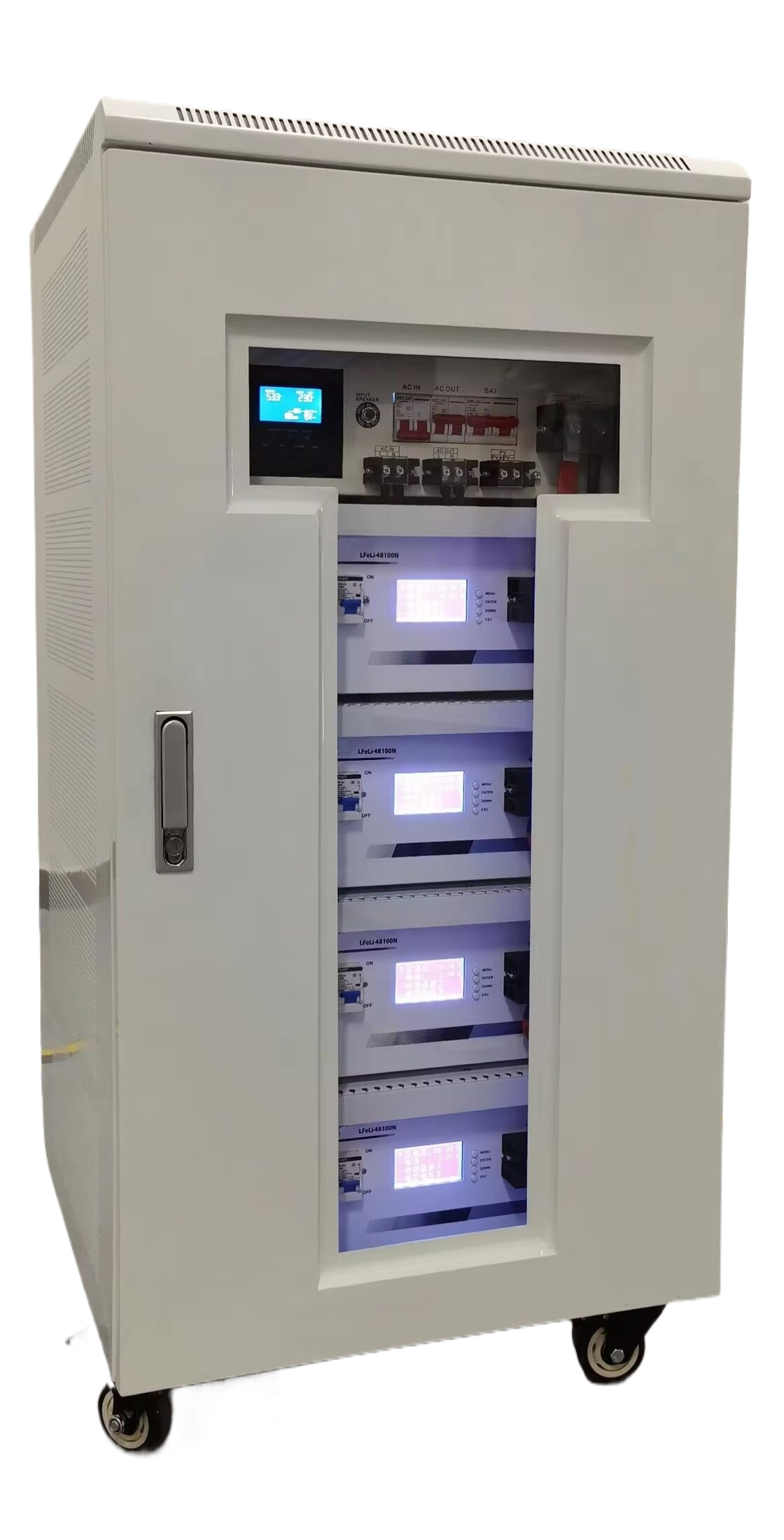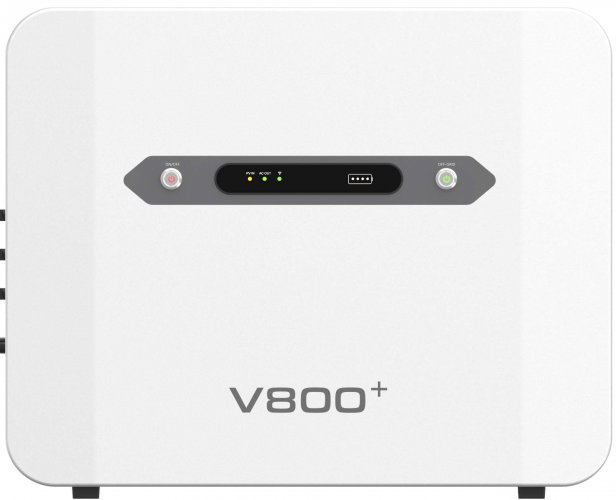How To Use Troubleshooting Common Issues: A Practical Guide For Efficient Problem-solving
Troubleshooting is a systematic process used to diagnose and resolve problems, particularly with technology, equipment, or processes. Mastering this skill is invaluable, as it saves time, reduces frustration, and empowers users to handle challenges independently. This guide provides a detailed framework for effective troubleshooting, complete with steps, techniques, and best practices.
A Step-by-Step Troubleshooting Methodology
A haphazard approach to problem-solving often leads to wasted effort. Following a structured method increases the likelihood of a swift and permanent resolution.
Step 1: Clearly Identify and Define the Problem The first and most crucial step is to understand what is wrong. Vague descriptions like "it's broken" or "it doesn't work" are not helpful. Instead, ask specific questions:What exactly is happening? Be precise. Instead of "The website is slow," note "Loading the product page takes over 30 seconds."When did the problem start? Identify the exact time or day. Did it occur after a specific event, such as a software update, a power outage, or new hardware installation?Where is the problem occurring? Is it affecting one device or all devices on the network? Is it one specific application or the entire operating system?Can you reproduce the issue? Determine the exact sequence of actions that triggers the problem consistently.
Gathering this information creates a clear baseline to measure any attempted fixes against.
Step 2: Gather Detailed Information and Reproduce the Error Collect all relevant data. Check system logs for error messages—these codes are invaluable clues. Note any recent changes to the system's configuration. If you are helping someone else, have them show you the problem. Reproducing the error yourself confirms the issue and helps you understand its context.
Step 3: Perform Basic Checks (The "Quick Fixes") Before diving deep, always rule out the simplest causes. These are often overlooked but resolve a significant number of issues.Restart the device or application: A reboot clears temporary caches and resets software states.Check physical connections: Ensure all cables (power, network, peripherals) are securely plugged in. For wireless devices, verify they are powered on and connected.Verify power sources: Confirm the device has power and the outlet is functioning.Check for sufficient resources: Ensure there is enough free storage space, memory (RAM), and that the CPU is not overloaded.
Step 4: Isolate the Root Cause This is the core of troubleshooting. Your goal is to narrow down the potential source of the problem.Employ the Divide and Conquer method: Start from a point you know works and move toward the problem area. For example, if you can't connect to the internet, check if other devices can. If they can, the problem is isolated to your device. If they can't, the issue is likely with the router or modem.Use the process of elimination: List possible causes and test them one by one, starting with the most probable or easiest to check. Eliminate each possibility until you find the culprit.Check for recent changes: Problems that appear after a change are often directly linked to that change. Consider software updates, new drivers, changed settings, or new hardware.
Step 5: Develop and Implement a Solution Once you've identified the likely cause, research and plan a fix.Search for solutions: Use the specific error messages and symptoms you gathered to search online forums, knowledge bases, and official support sites.Apply fixes one at a time: Apply only one potential solution and then test to see if it worked. If you apply multiple changes simultaneously, you won't know which one resolved the issue and may inadvertently cause new problems.Start with the least invasive solution: Prioritize fixes that are reversible and low-risk. For instance, try resetting an application to its default settings before attempting a complete reinstallation.
Step 6: Test and Verify the Resolution After implementing a fix, verify that the problem is completely resolved. Repeat the actions that previously caused the error. Ensure that the solution hasn't created any new, unintended side effects. Testing confirms that your troubleshooting was successful.
Step 7: Document the Process and Solution This is a critical step for professional and personal growth. Write down the problem, the root cause, and the solution that worked. This documentation creates a valuable knowledge base for you or your team, preventing redundant work when the same issue arises in the future.
Essential Tips and Best PracticesPractice Effective Communication: When collaborating, use clear, non-technical language to describe the problem. Listen actively to user reports.Leverage Online Resources: Communities like Stack Overflow, official vendor forums, and knowledge bases are treasure troves of information. Learning how to craft effective search queries is a key skill.Don't Overcomplicate It: Always adhere to the principle of Occam's Razor—the simplest explanation is often the correct one. Start with basic assumptions before considering complex failures.Know When to Ask for Help: Troubleshooting has diminishing returns. If you've exhausted your knowledge and available resources after a reasonable amount of time, escalate the issue to a specialist or support team. Provide them with your detailed notes from the previous steps.
Important PrecautionsBack Up Data First: Before making significant system changes, such as editing the registry or reinstalling an OS, ensure all critical data is backed up. A failed fix should not lead to data loss.Beware of Unsourced Solutions: Be cautious when applying fixes from unverified sources online. They might be outdated, incorrect, or contain malware. Stick to reputable, official sources when possible.Avoid Making Multiple Changes Simultaneously: This cannot be overstated. Making one change at a time is the only way to accurately identify what actually solved the problem.
By internalizing this structured approach, you transform troubleshooting from a stressful reaction into a proactive, manageable skill. It empowers you to systematically break down complex problems, find effective solutions, and build a personal repository of knowledge for the future.
Customized/OEM/ODM Service
HomSolar Supports Lifepo4 battery pack customization/OEM/ODM service, welcome to contact us and tell us your needs.


HomSolar: Your One-stop LiFePO4 Battery Pack & ESS Solution Manufacturer
Our line of LiFePO4 (LFP) batteries offer a solution to demanding applications that require a lighter weight, longer life, and higher capacity battery. Features include advanced battery management systems (BMS), Bluetooth® communication and active intelligent monitoring.

Customised Lithium Iron Phosphate Battery Casing
ABS plastic housing, aluminium housing, stainless steel housing and iron housing are available, and can also be designed and customised according to your needs.

HomSolar Smart BMS
Intelligent Battery Management System for HomSolar Energy Storage System. Bluetooth, temperature sensor, LCD display, CAN interface, UART interface also available.


Terminals & Plugs Can Be Customized
A wide range of terminals and plugs can be customised to suit the application needs of your battery products.

Well-designed Solutions for Energy Storage Systems
We will design the perfect energy storage system solution according to your needs, so that you can easily solve the specific industry applications of battery products.



About Our Battery Cells
Our energy storage system products use brand new grade A LiFePO4 cells with a battery lifespan of more than 4,000 charge/discharge cycles.



Applications in Different Industries
We supply customized & OEM battery pack, assemble cells with wiring, fuse and plastic cover, all the cell wires connected to PCB plug or built BMS.
Applications: E-bike, Electric Scooter, Golf Carts, RV, Electric Wheelchair, Electric Tools, Robot Cleaner, Robot Sweeper, Solar Energy Storage System, Emergency Light, Solar Power Light, Medical Equipment, UPS Backup Power Supply.
We can provide you with customized services. We have the ability to provide a vertical supply chain, from single cells to pack/module and to a complete power solution with BMS, etc.


HomSolar (Shenzhen) Technology Co., Ltd
























